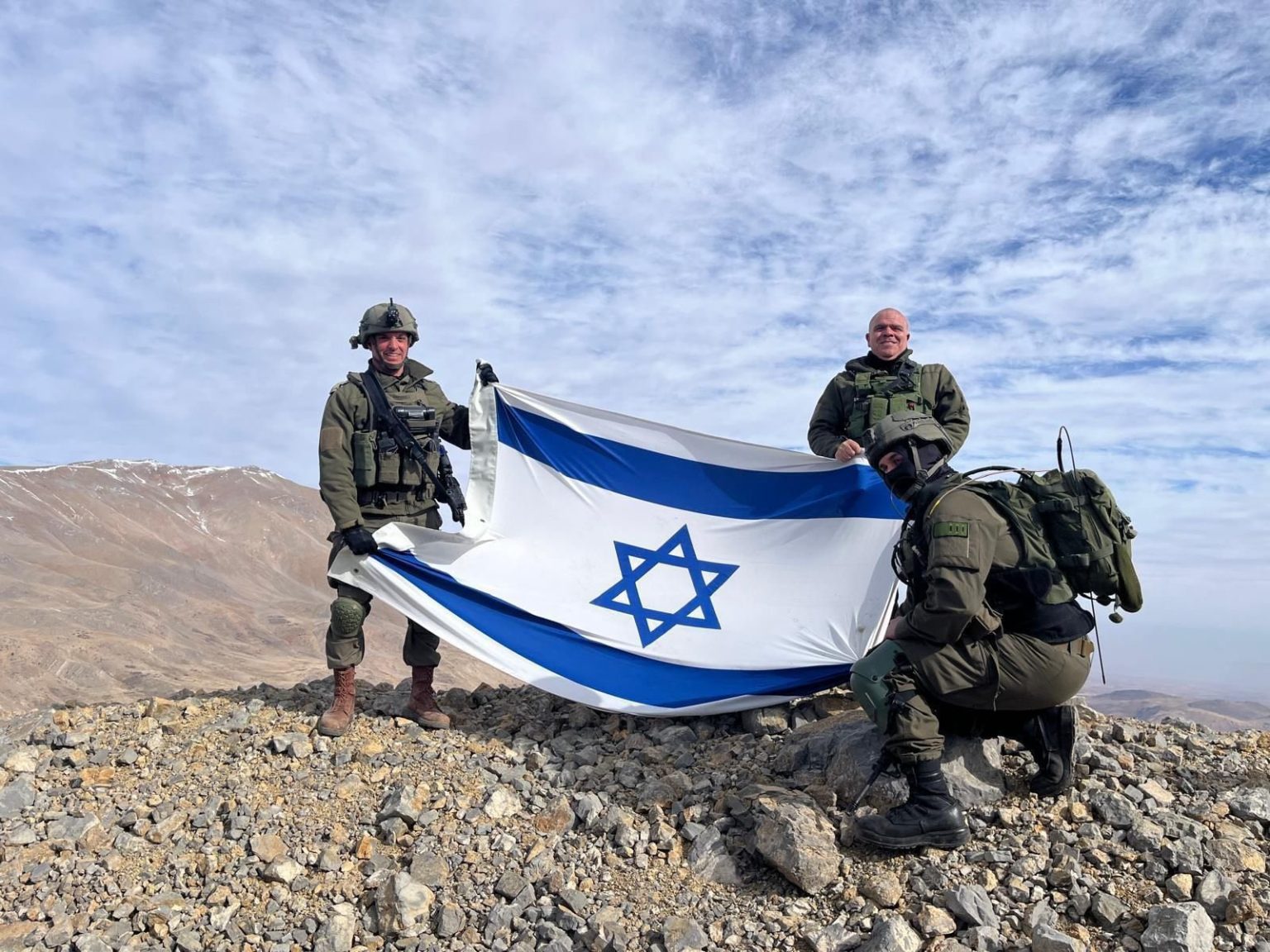
Syria today stands at the edge of an irreversible transformation, where internal disintegration, foreign mandates, and regional power plays are converging to redraw its political and territorial landscape. The long-delayed Kurdish-Arab negotiations, now set to take place in Paris after multiple failed rounds in Damascus, highlight the collapse of traditional state mechanisms and the growing dominance of external actors.
By Ali Albeash
France, having previously mediated covert understandings between the Syrian government and Israel over southern Syria, returns as a central broker, now stepping in between the Syrian Democratic Forces (SDF) and the administration of Ahmad al-Sharaà, formerly known as Abu Mohammad al-Jolani.
Turkey, for its part, is working to sabotage these talks, wary that the autonomous status granted to Suwayda might soon extend to Kurdish areas, thus eroding Ankara’s leverage in northern Syria.
In Suwayda, a geopolitical upheaval is underway. The United States has effectively taken over management of the province, pushing out both Turkish and Emirati influence. A U.S. force is set to deploy to formally separate Suwayda from regime-controlled territory, with the SDF reportedly aiding in the creation of a buffer zone—laying the groundwork for what is being called the "David Corridor."
The Druze population has assumed near-sovereign control, with local councils wielding authority that surpasses the Kurdish autonomous model, edging toward complete civil and military independence. American oversight now governs accountability for human rights abuses in the province, signalling the start of a de facto international mandate.
Meanwhile, regime-affiliated forces have been disarmed across Daraa and Quneitra, while Israeli troops—numbering some 50,000—have entered the formerly demilitarised Qatana zone beyond the 1974 ceasefire line. With 13 command centres established, their presence is now treated as legitimate, and their deployment forms a standing threat to Damascus itself.
The Sharaà government has effectively relinquished all of southern Syria. In a move to avoid international prosecution for atrocities committed in Suwayda and along the coast, Sharaà has agreed to eliminate radical elements within his ranks, leading to a wave of assassinations and unexplained munitions explosions. The only clear gain for his administration is a tacit promise of judicial impunity.
Western powers—led by the U.S., France, and Britain—are overseeing the dismantling of Syria’s fragmented military landscape in favour of a new national army built around the SDF. Under this model, the SDF will maintain its structure, Western armaments, and independent command while nominally integrating into the Ministry of Defence.
Officers will be appointed to the General Staff, but the force will continue to receive salaries from Damascus and operational funding from Western states, mirroring post-invasion Iraq. Turkish-backed militias are to be dismantled, and the Suwayda model is expected to be replicated in Kurdish areas. Public announcement of this arrangement is delayed only by Sharaà’s fears of triggering a coup. A similar template is likely to be extended to the Alawite-dominated coastal region.
The regime’s recent references to an “al-Sham Region” suggest a roadmap for two future Sunni-majority areas—one in the north and one in the south. A scenario that pushes for a confederal, rather than federal, structure.

Suwayda, under Israeli patronage, is pushing for a separate passport and full sovereignty akin to Vatican City, with visa-free movement to and from Israel and independent diplomatic relations—an example that both Kurdish and Alawite regions are expected to follow. Sharaà has offered the SDF autonomy in Deir ez-Zor and Raqqa in exchange for their withdrawal. Still, the SDF has rejected this, prioritising territorial continuity between Afrin, Gire Spi, and Serekaniye.
While the assault on Suwayda was perpetrated by Turkish-backed militias posing as tribal forces—not directly by the regime—it triggered a cascade of transformative events. In the coastal region, a trilateral French-American-Russian agreement seeks to exclude Turkey, now seen as a destabilising actor operating under Israeli pressure.
HTS is to be expelled, and federalist figures such as Ghazal Ghazal have returned to the fore. Though complex and gradual, a confederal coastal entity appears inevitable, part of a Western strategy to form a minority buffer zone across central Syria—an initiative Ankara is powerless to obstruct. This coastal entity may well emerge before the formal recognition of Kurdish autonomy.
Mazloum Abdi’s ongoing dialogue with Western officials now includes Druze and Alawite leaders, all seeking rights equal to those secured by the Kurds. The UAE, meanwhile, has emerged as the most powerful backer of the future coastal entity.
Facing isolation and strategic irrelevance, Turkey has ramped up military aid and drone deployments across Syria, hinting at a potential offensive against SDF-held areas or renewed violence along the coast. But Ankara’s options are dwindling. Domestic political turmoil, economic decline, and exclusion from key international negotiations have left it desperate and reactive. Any Turkish escalation could drag Sunni Arabs into a catastrophic multi-front conflict.
Control of the airspace over the coast now lies with the U.S.-led coalition, with limited Russian coordination, while Israel enforces the Suwayda accord through airstrikes targeting violations. The SDF has made its participation in any final settlement contingent on the complete withdrawal of regime forces from Afrin, Gire Spi, and Serekaniye—without which no agreement is possible.
A recent vote in the U.S. Congress extended the Caesar Act sanctions for another two years, adding new conditions aimed at protecting minorities and curbing arbitrary arrests. This signals that Western sanctions on Sharaà’s regime—and likely on future Sunni-led regions—will remain a permanent instrument of leverage.
Dissent is rising within jihadist circles. Prominent Islamist figures such as Hani al-Siba’i have denounced Sharaà for abandoning jihad and adopting secularism, while pro-ISIS media are calling for defections, citing fresh reports of torture and deaths in regime prisons.
In Daraa, a communication blackout has accompanied psychological operations—allegedly loudspeaker broadcasts from Israeli drones—fueling fears of an imminent military offensive and sparking mass displacement. Israeli ground movements near the province remain unexplained, raising the spectre of a large-scale incursion.
In the north, defections have been reported from areas controlled by the Sharaà government, signalling a simultaneous rejection of both regime rule and Turkish influence. Many of the defectors have voiced open hostility toward the HTS-led administration in Idlib. It raises the possibility that these shifts are part of a broader Russian gambit to wrest control of Idlib from Turkey’s sphere of influence.
Analysts suggest that Moscow may be quietly encouraging these defections to reassert its foothold in the region under the guise of local discontent, even though such efforts are likely to fail. Still, they do provide a good distraction for the Turkish bull.
Meanwhile, Hassakeh is advancing toward full federal status, with similar autonomy emerging in Kobani, Afrin, Raqqa, Tabqa, and Deir ez-Zor. While the SDF remains committed to diplomacy, it has signalled readiness for armed resistance if needed.
From Suwayda to the coast, and from Raqqa to Daraa, Syria’s post-war landscape is no longer shaped by Damascus but by a mosaic of local power centres, foreign patrons, and shifting alliances. The Syrian map is being reimagined not through national consensus, but through the geopolitical calculations of global actors seeking to reshape the region.
What emerges is a New Levant—fractured, confederal, and externally managed—where Israel, once surrounded by hostile states, now stands as the dominant strategic force. Syria’s collapse has not merely redrawn borders; it has elevated Israel to the apex of regional influence.
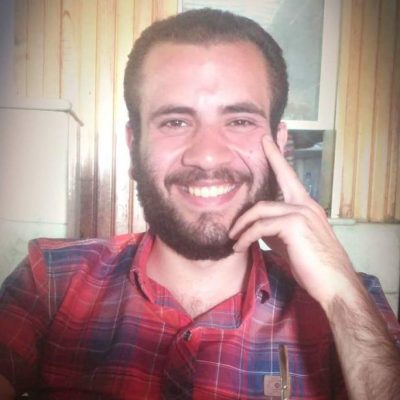


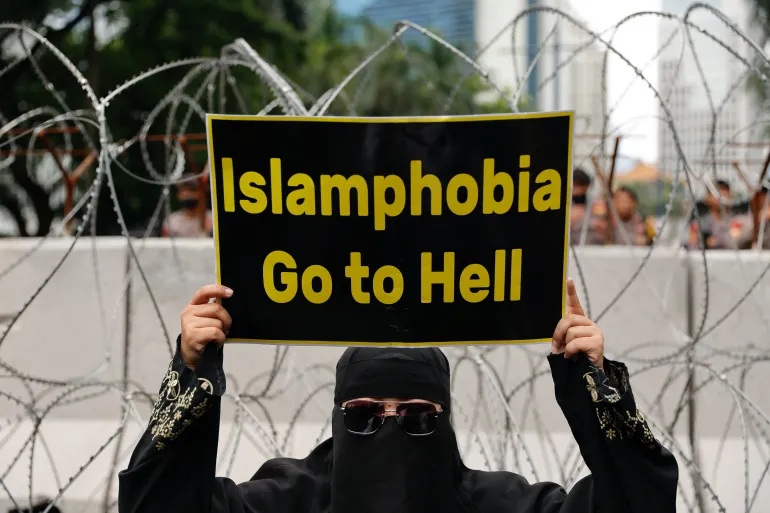

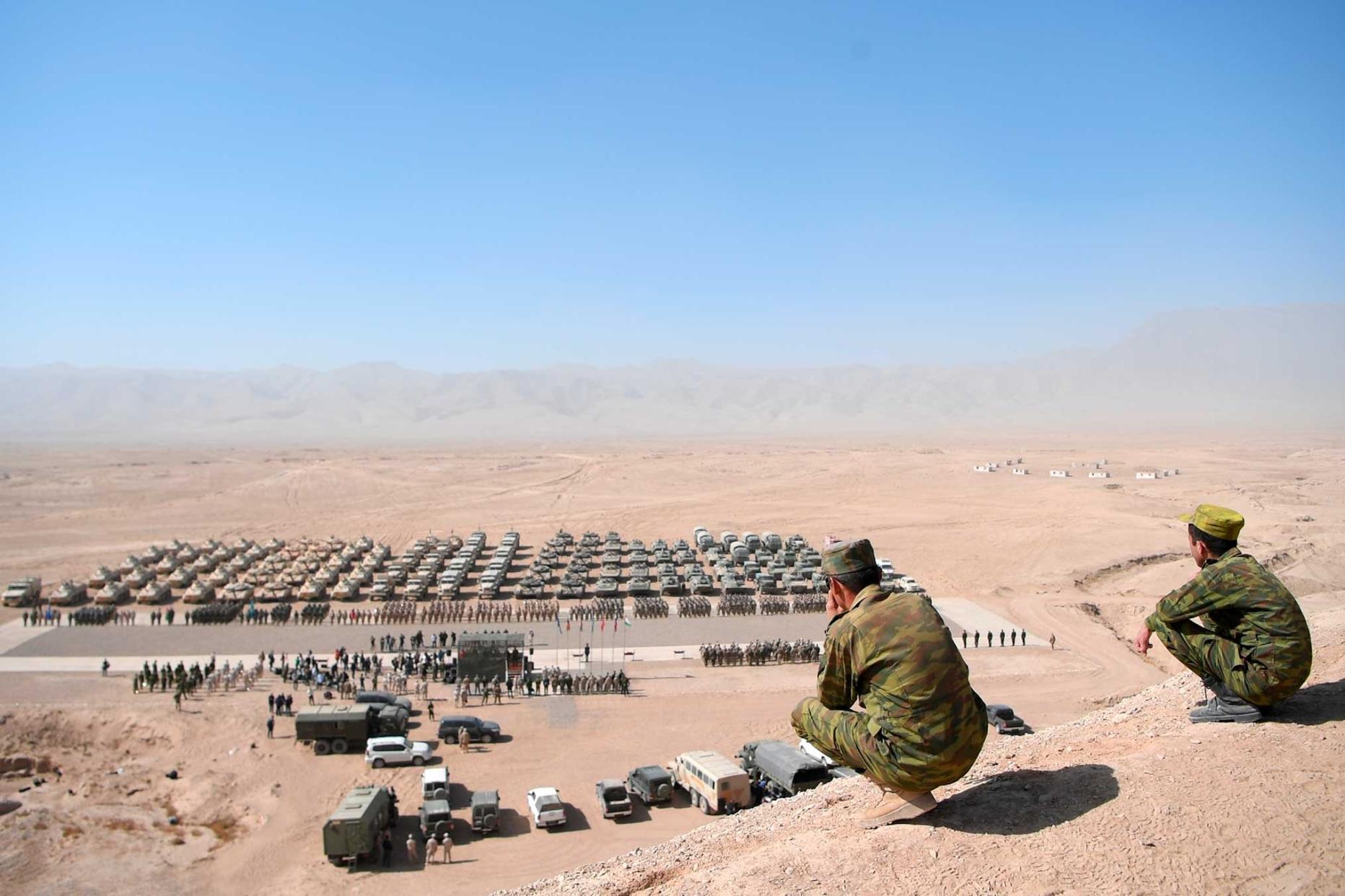
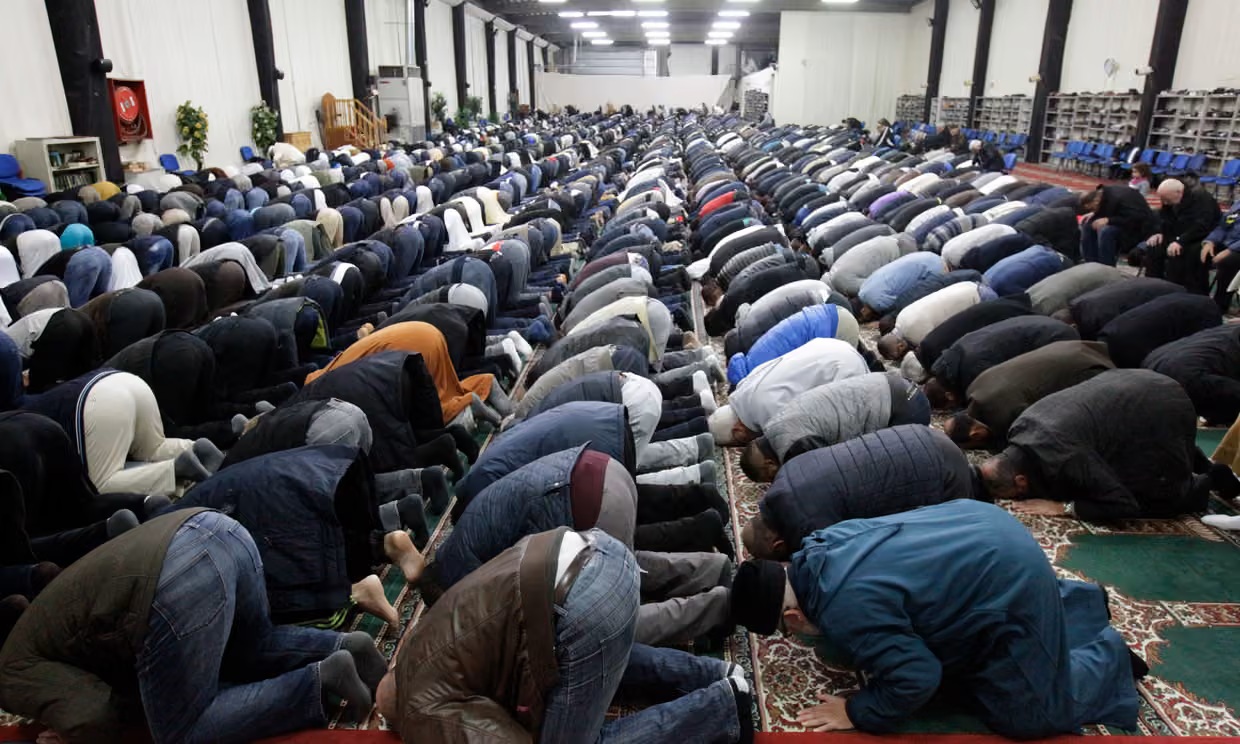
Very good article about a gloomy setting an an uncertain future of Syria and the region… very sad